With 397 films screening, including 254 world, international or North American premieres, there’s plenty to choose from at this year’s Toronto International Film Festival, which begins on September 8. Here, our editors select top picks for art lovers.
Moonlight
Chiron’s shoulders progressively broaden, yet always clench, through three coming-of-age chapters in homophobic Miami during Reagan’s war on drugs. He’s incessantly hard-pressed. When he’s alone, he’s getting chased or beaten by other boys in the schoolyard, or he’s spinning in a dance studio in a flash of unmonitored solitude. He ices a past lover, who seems untethered from what restrains Chiron, with his self-preserving hyper-masculinity. Chiron ices him enough to compel the lover to press him: “Who is you, Chiron?” He floats on his dad’s palms in a body of water. His dad preaches, “At some point you gotta decide for yourself who you gon’ be. You can’t let nobody make that decision for you.” In stark contrast, his mom chastises him. Barry Jenkins’s adaptation of gay playwright Tarell McCraney’s semi-autobiographical work In Moonlight Black Boys Look Blue with an all-black cast is a tough yet tender depiction of blackness and queerness in a film landscape where we hardly ever see the two collide. Janelle Monae makes her big-screen debut here at TIFF for the film’s world premiere.—Merray Gerges, editorial resident
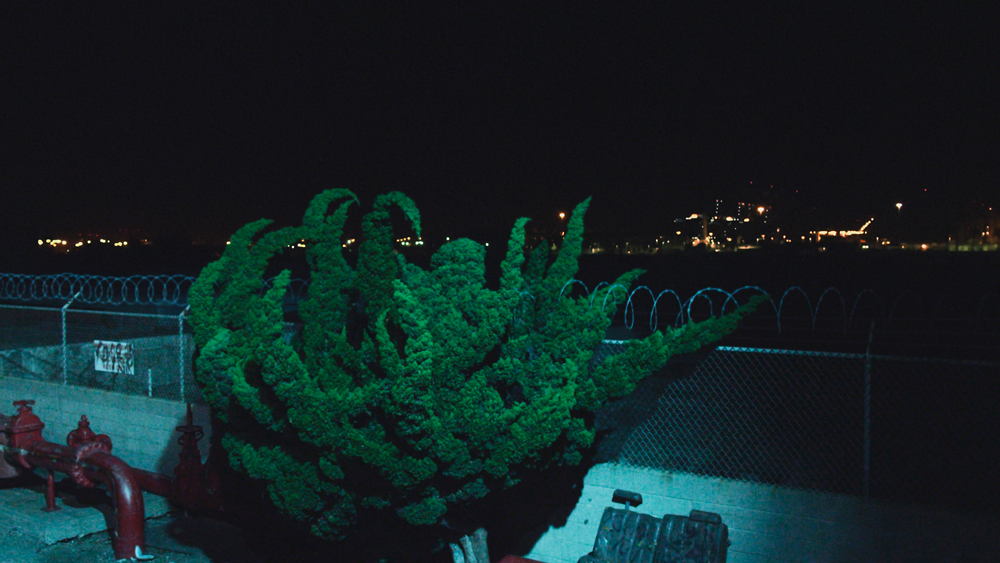 Nightlife (still). Courtesy TIFF.
Nightlife (still). Courtesy TIFF.
Nightlife
A past winner of the Prix Marcel Duchamp, French artist Cyprien Gaillard is known for works that provoke and surprise. Nightlife, which will be shown for free on September 9 at TIFF in its North American debut, is a 3-D film approximately 15 minutes in length. Parts of it are clubby—think immersive, psychedelic imagery of trees and cities (namely, Berlin, Cleveland and LA) at night, and, for sound, a rocksteady music sample on repeat. Other elements are more considered, especially in Cleveland—the film opens with a close-up of a copy of Rodin’s The Thinker that was bombed by left-wing activists in the 1970s, and ends with documentation of the sole remaining oak tree from four planted in honour of Jesse Owens’s triumph at the 1936 Berlin Olympics.—Leah Sandals, managing editor, online
 Maliglutit (Searchers) (still). Courtesy TIFF.
Maliglutit (Searchers) (still). Courtesy TIFF.
Maliglutit (Searchers)
The year is 1913. An Inuit father returns home with his son from a caribou hunt to find his home ransacked, his family dead or near dying, and his wife and daughter gone. Guided by a spirit amulet, and a thirst for revenge, he sets out in pursuit of the killers and kidnappers across the tundra with his son in tow and two bullets to spare. What unfolds from there is a classic blurring of elemental violence and flawed morality set amid the harsh beauty of the high Arctic. Inspired by John Ford’s 1956 epic The Searchers (this may well be the first “Western” shot in the Arctic), the film marks a return of sorts to narrative drama for Igloolik-based director and producer Zacharias Kunuk, whose unforgettable feature Atanarjuat: The Fast Runner was awarded a Caméra d’or at the Cannes Film Festival in 2001 (Natar Ungalaaq, who played the lead role in Atanarjuat, gets co-director credit here). And as with Atanarjuat, Kunuk’s directorial approach in Maliglutit is a uniquely homegrown collaboration, using local actors and non-actors as well as loose scripting in an extreme environment (daily temperatures of minus 40 degrees Celsius or lower were just one of the challenges in shooting) to create an overall cinematic synergy that constantly bends the lines between fiction and reality. The result is a story and a film that that promises to be both wondrous and tragic—in other words, it’s timelessly authentic.—Bryne McLaughlin, senior editor
 Certain Women (still). Courtesy TIFF.
Certain Women (still). Courtesy TIFF.
Certain Women
This is director Kelly Reichardt’s sixth and most blockbuster-ish feature, with a starry ensemble that includes Kristen Stewart, Laura Dern and long-time muse Michelle Williams. Stewart features in another of my festival must-sees, Olivier Assayas’s Personal Shopper, and Williams is in Kenneth Lonergan’s Manchester by the Sea, also on my list. In Certain Women, Reichardt moves from Oregon, the setting for four of her previous films, to Livingston, Montana, a town of a few thousand people locked in by mountains. It’s a secluded place, inward-facing and lassoed in by howling winds—the perfect location for the stories of three independent but isolated women to play out. Each woman’s personal struggle—a wearing attempt to be listened to by an incorrigible man, an effort to build a home for a family whose foundation is crumbling, a romantic desire left unarticulated—unfolds quietly, meted out mostly in non-verbal expressions and poignant pauses. The vignettes, based on short stories by Maile Meloy, who has been compared to legends Flannery O’Connor and Raymond Carver, intersect, but only incidentally, like cars that pass each other on long, lonely stretches of Montana road. Reichardt’s penchant for slow-moving, melancholic anti-drama isn’t for everyone, but she is just my speed.—Rosie Prata, managing editor
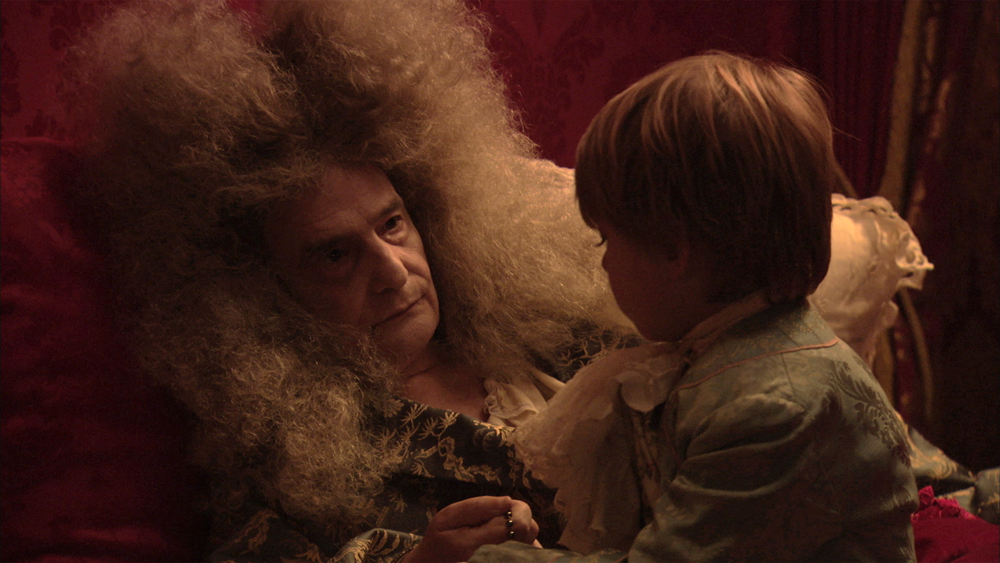 The Death of Louis XIV (still). Courtesy TIFF.
The Death of Louis XIV (still). Courtesy TIFF.
The Death of Louis XIV
A scene in the BBC’s adaptation of Leo Tolstoy’s War and Peace held me rapt: Count Bezukhov, wrapped in linen, bathed in candlelight and surrounded by clergymen and vultures, dead. I assume that grief factors differently for monarchs. How does dying feel for a god on earth? Do mink blankets and gilded rooms make gangrene more manageable? Artist Albert Serra’s new film plays out these questions in excruciating detail. Set almost exclusively within the Sun King’s chambers, the film follows the monarch’s last days and makes a close read of the indignities that mortality has to offer, even for the most elevated.—Caoimhe Morgan-Feir, associate editor
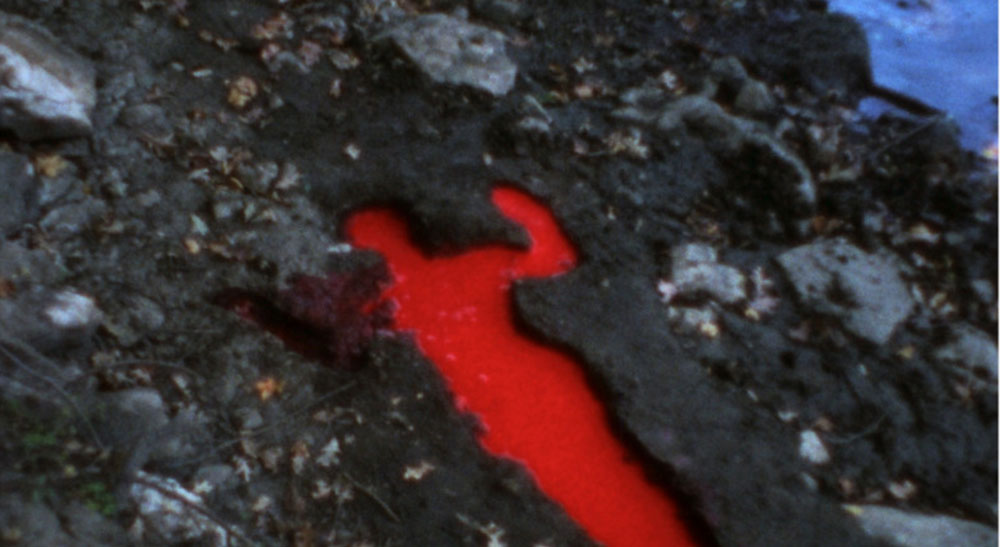 A still from Ana Mendieta’s Silueta Sangrienta. Image and artworks courtesy of the Estate of Ana Mendieta Collection, LLC and Galerie Lelong, New York.
A still from Ana Mendieta’s Silueta Sangrienta. Image and artworks courtesy of the Estate of Ana Mendieta Collection, LLC and Galerie Lelong, New York.
Siluetas
Opening September 8 at CONTACT Gallery in conjunction with TIFF, a rare Ana Mendieta exhibition features six films and two suites of photographs by the late Cuban-born artist. A particular draw are five films from Mendieta’s famous Silueta series, in which she inscribed her body into the landscape with fire, water and other materials. Anyone with an interest in land art, feminist art and intersections between personal and political needs to check this one out.—Leah Sandals, managing editor, online
 Still from season three of Transparent. Courtesy TIFF.
Still from season three of Transparent. Courtesy TIFF.
Transparent, Season 3
TIFF’s new TV-based program Primetime presents a world premiere of the first three episodes of Transparent before the show’s wide release on Amazon later this month. In it, Maura Pfefferman no longer wants to be referred to as “Moppa,” the portmanteau of “momma” and “poppa” that her three adult children coined to cope with her transition. The cutting microaggressions that she weathers over the first two seasons—ranging from misgendering and glances that linger too long to outright scoffing and exclusion—climax at a second-wave feminist lesbian utopia festival with a “women born women” policy, when members of the pseudo-sisterhood exile her with “man on the land!” chants. Season three opens with her consultation for gender confirmation surgery. “That’s fantastic,” she gawks at a simulation of projected post-surgery results. “I’d like to donate my excess skin to research.” Her wife and her children are agonizingly self-involved—in a manner similar to Girls, you see traces of yourself in each character that you relate to and loathe all at once. One of Pfefferman’s children grapples with her queerness by pursuing an illicit relationship with her much-older professor, a revered poet with a penchant for teens. Another is chastised after leaving her husband and children for a past lesbian lover who she ditches at the altar. The third can’t seem to shed his philandering ways to have a child with a rabbi. Maura’s ex-wife capitalizes on the tribulation by rebranding as a self-help guru. “When one person in a family transitions, everyone transitions,” she preaches to an audience. Season two featured appearances from trans model and icon Hari Nef, Toronto-born photographer Petra Collins, Sleater-Kinney member and Portlandia co-creator Carrie Brownstein, and venerated poet Eileen Myles. I’m crossing my fingers that Caitlyn Jenner, who will play herself, appears in one of the new episodes.—Merray Gerges, editorial resident
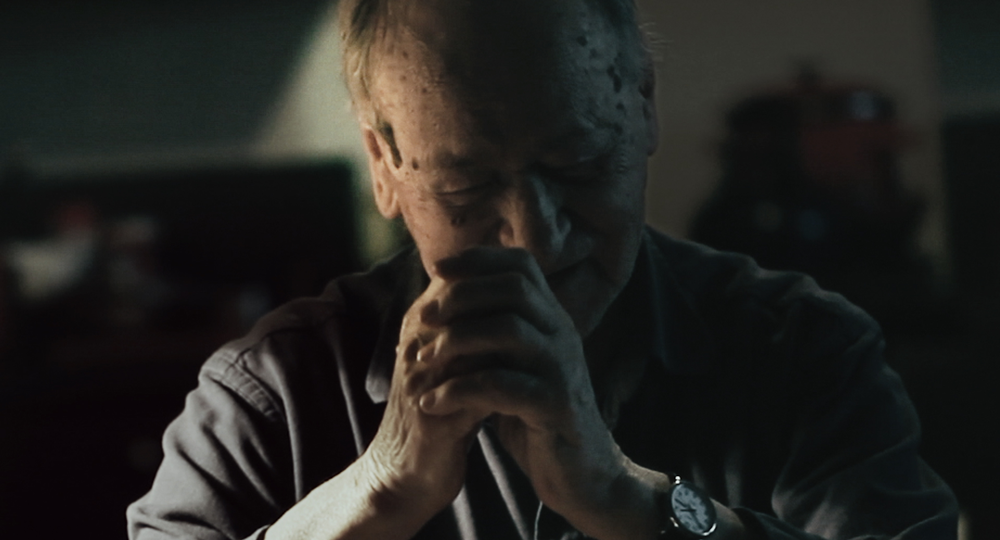 I Had Nowhere to Go (still). Courtesy TIFF.
I Had Nowhere to Go (still). Courtesy TIFF.
I Had Nowhere to Go
Scottish artist and Turner Prize-winner Douglas Gordon partnered with Phillippe Parreno to make Zidane, A 21st Century Portrait (2006), a soccer match filmed from the perspective of Zinedine Zidane, and slowed down Alfred Hitchcock’s Psycho to two frames per second for 24 Hour Psycho (1993). For I Had Nowhere to Go, he takes his cue from Jonas Mekas, founder of New York’s Anthology Film Archives and a renowned auteur who has been called “the godfather of American avant-garde cinema.” Mekas is also a Holocaust survivor, who escaped his village in Lithuania at 22 years old to escape Nazi persecution. More than 70 years later, he recounts his story of being one of the last surviving members of an exiled generation. The screen remains black for almost the full duration of the film (except for moments of colour, everyday gestures and an image of a chimpanzee, which I expect are intended as prompts), making I Had Nowhere to Go more of an experience than a traditional film. It might be something of an endurance test, but I’m intrigued by the idea of a cinema full of people conjuring individual versions of a movie that’s projected mostly inside their heads.—Rosie Prata, managing editor
 The Exception (still). Courtesy TIFF.
The Exception (still). Courtesy TIFF.
The Exception
Kaiser Wilhelm II tried his very best to win the First World War, but things fell apart and he ended up exiled in the Netherlands. There are worse fates, but imagine Wilhelm watching at a distance, some years later, as Germany made another bid for dominance in the Second World War. Far from reinstating the Kaiser, though, the new regime put him under the watch of the SS. The Exception offers a glimpse into a little-known moment in history’s most cinematically familiar territory.—Caoimhe Morgan-Feir, associate editor
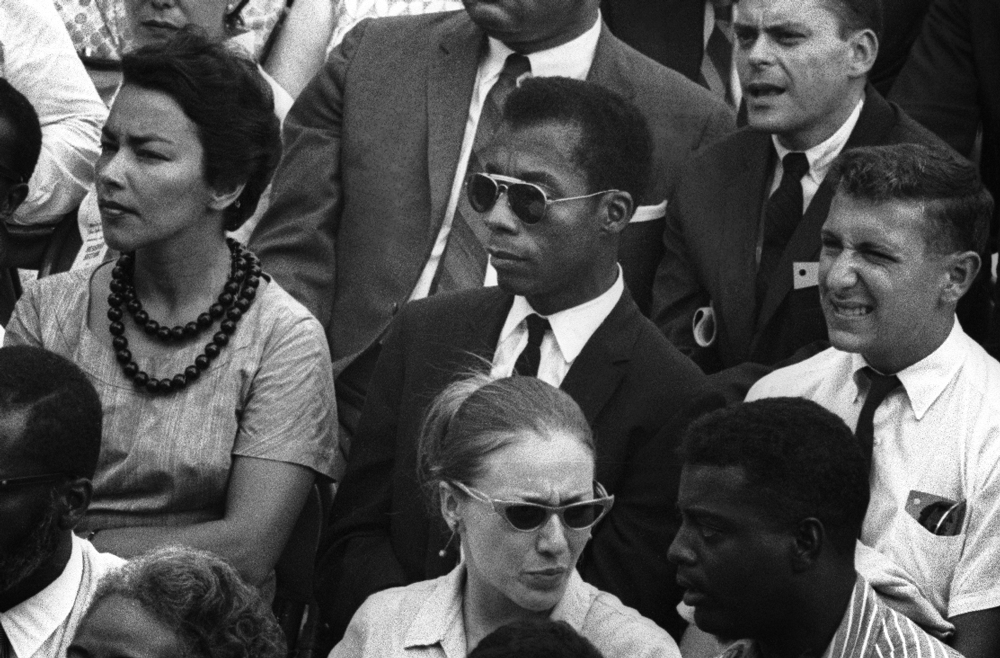 I Am Not Your Negro (still). Courtesy TIFF.
I Am Not Your Negro (still). Courtesy TIFF.
Also See…
Catch Sharon Lockhart’s major new film installation Rudzienko at Gallery TPW, and Albert Serra’s five-screen film installation Singularity at 99 Sudbury…. Academy Award nominee Sally Hawkins plays one of Canada’s best known folk artists, Maud Lewis, in the biopic Maudie…. American artist and Whitney Biennial alum Kevin Jerome Everson is featured with his short film Ears, Nose and Throat… The 4%: Film’s Gender Problem is promised to screen for free on tiff.net for a 24-hour viewing window and provide more insight into the lack of female-led productions in Hollywood… Nelly is Anne Émond’s long-awaited biopic about late Quebec author Nelly Arcan, whose lauded first book Putain (or Whore) was based on her experiences as a sex worker… Graphic novelist Dash Shaw combines hand-drawn animation and Hollywood voices (Lena Dunham, Maya Rudoph, Jason Schwartzman) in his first feature My Entire High School Sinking into the Sea …Known of late for his hard-hitting political docs, Errol Morris shows his softer side by profiling an artist friend in The B-Side: Elsa Dorfman’s Portrait Photography (Dorfman, also a peer of Allen Ginsberg and Jonathan Richman, is one of the few who uses a Polaroid 20” x 24” camera)…Canadian filmmaker Nick de Pencier, who worked with Ed Burtynsky on Watermark, looks at the pros and cons of the Internet for activism in the world premiere of Black Code… The complex lives of Toronto drug addicts/drug counselors become clearer in The Stairs, Hugh Gibson’s doc shot over several years in the city’s “redeveloping” Regent Park neighbourhood…Famed German director Werner Herzog teams up with volcanologist Clive Oppenheimer for a visual and conceptual tribute to volcanoes around the world (and the people who photograph them) entitled Into the Inferno… Jim Jarmusch pays homage to Iggy Pop and the Stooges in the documentary Gimme Danger… James Baldwin’s unfinished final novel, and his observations on what it means to be black in America, provide the basis for I Am Not Your Negro, directed by Raoul Peck.

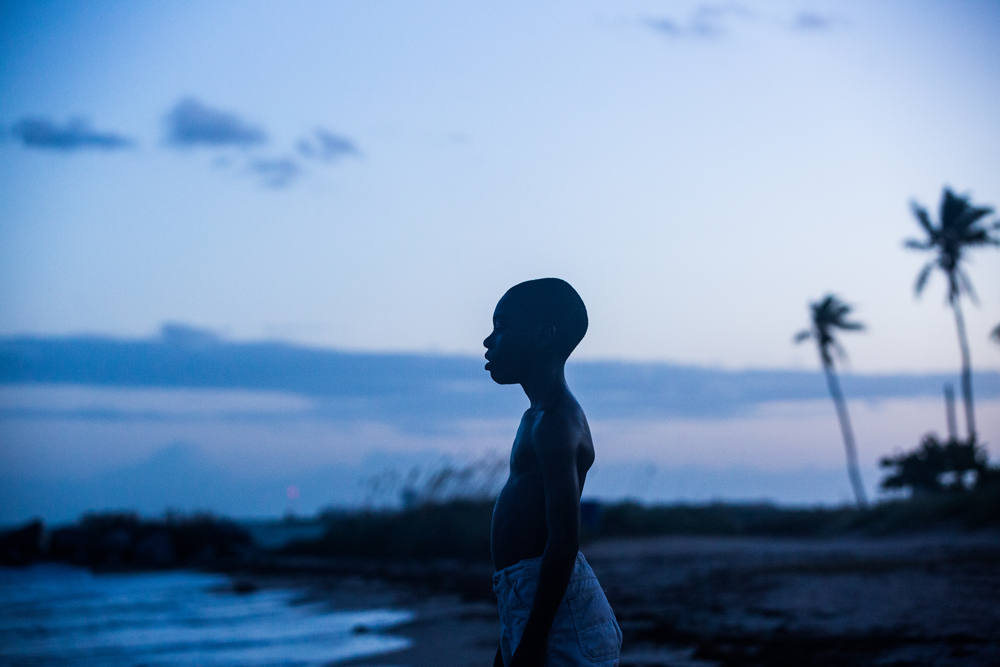 Moonlight (still). Courtesy TIFF.
Moonlight (still). Courtesy TIFF.







